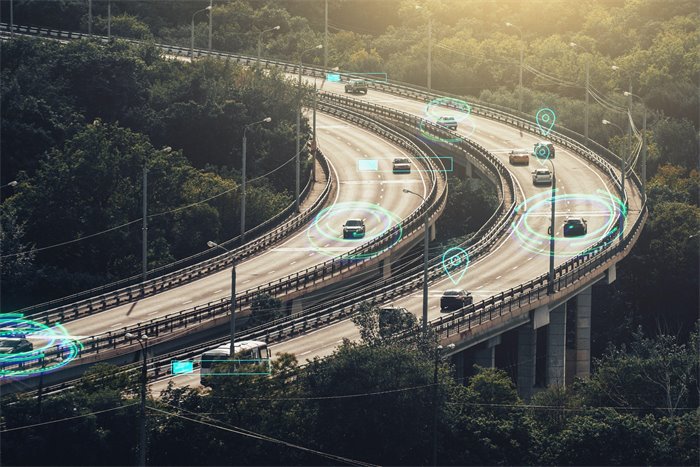Glasgow University unlocks potential of augmented reality in driverless cars
by Sofia Villegas
19 April 2024
@SofiaVillegas_1

Self-driving cars could be deployed in UK roads within the next two years | Alamy
AScottish university has found augmented reality (AR) could enhance security in self-driving cars.
The University of Glasgow has assessed the use of the innovative technology to allow drivers to “relax” while remaining aware of the road.
Results suggest showing “attention-grabbing” graphics through car windscreens using AR heads-up displays could allow drivers to shift their focus in “critical moments”.
“What this study suggests is that there may be a kind of ‘Goldilocks’ zone where people can be engaged in a task while still being kept in the loop on developing road conditions,” Professor Stephen Brewster co-author of the research paper, explained.
Findings follow the recent announcement by UK Transport Secretary Mark Harper that driverless cars could be seen on UK roads by the end of 2026.
Also, it comes as the Automated Vehicles Bill goes through the final stages in the House of Commons.
During the study, participants were placed in front of a steering wheel and computer monitors to simulate their view out of a car window. They then used an AR display to complete tasks overlayed on top of the road scene.
Tasks involved either tracking and moving gems across the screen with their gaze or having to copy a phone number into an app. The AR headset then displayed special visual cues in participants’ eyelines to draw their attention to a developing road condition several seconds before stopping the video.
To evaluate their situational awareness, they were asked to select one of four predictions of what would happen next. Results showed the AR cues had allowed the participants to show increased awareness of the road conditions.
Study co-author Professor Frank Pollick, said: “An important aspect of road safety is something called the ‘look but fail to see’ phenomenon, which happens when people fail to adequately process what’s right in front of their eyes. This study aimed to replicate that in a simulated driving situation, where participants had all the relevant information on the screen in front of them but were being distracted to one degree or another, blurring their ability to judge the road conditions correctly.
“Augmented reality tech really does put information right in front of people’s eyes, so it could be a good fit for tackling the look but fail to see problem. The study shows that adding visual cues to draw drivers’ attention to situations does seem to improve their ability to quickly focus and understand situations. However, the level of demand on their attention is important – they were more able to read the road correctly in the less cognitively-challenging task.”
Researchers claim these findings will help develop safety features in future generations of self-driving cars. However, they warned there is still “much more research” to be done on how it can help driverless vehicles and that it “will likely be years before they’re [self-driving vehicles] capable of driving themselves entirely without human intervention”.
The team’s paper, titled ‘Can You Hazard a Guess? Evaluating the Effects of Augmented Reality Cues on Driver Hazard Prediction’, will be presented at the Association of Computing Machinery CHI conference on Human Factors in Computing Systems next month.
The research was supported by funding from the UK Research and Innovation Centre for Doctoral Training in Socially Intelligent Artificial Agents and the European Research Council.
No comments:
Post a Comment